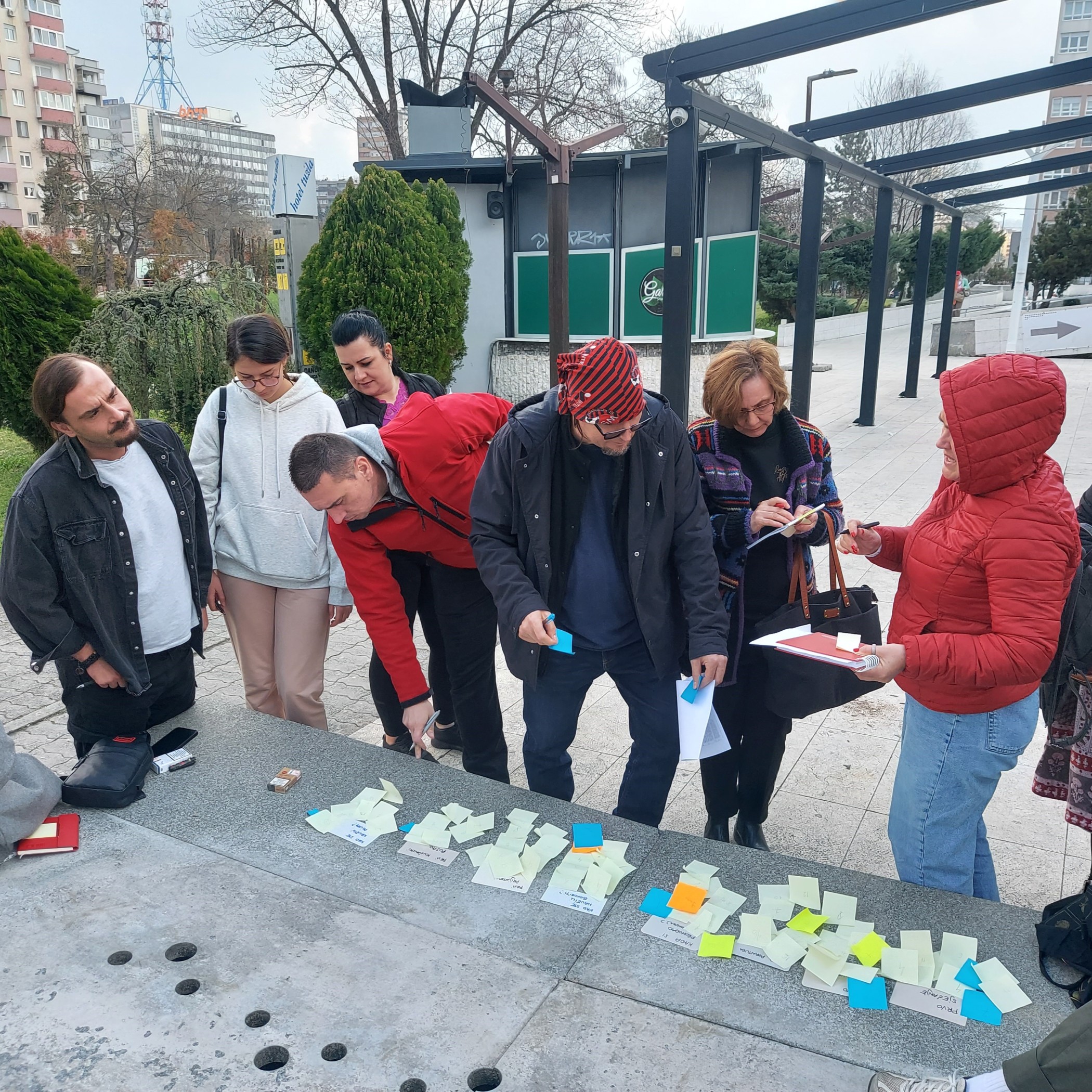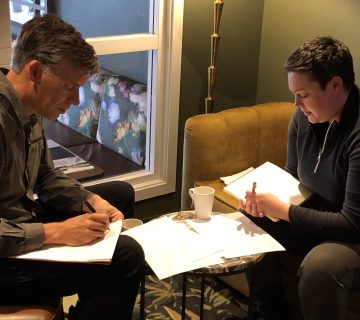The city of Tuzla hosted 12 participants from Serbia and Bosnia and Herzegovina for an IE CIG course.
Tuzla, the city on a grain of salt, is in Bosnia and Herzegovina and is one of the oldest settlements in Europe with continuity of life. The oldest stilt houses settlement in Europe was found in Tuzla, which dates back to the Neolithic (Younger Stone Age). Other stilt house settlements found in Europe only date back to the Iron Age. The name of the city derives from the word ‘tuz’, which means ‘salt’ in the Turkish language. This city is one of the largest cities in Bosnia and Herzegovina and is a very important cultural, educational and economic centre of the country. Some say that two ores, salt and coal, are the greatest wealth of Tuzla, but that is not true because the greatest wealth is its citizens – the people who live there.
From 4-8 March, Tuzla hosted 12 participants for an IE Certified Interpretive Guide (CIG) training course. It was led by IE Certified Trainer Ivana Zrilić from Croatia. This course was run as part of the cross-border cooperation project ‘Old railways for new experiences’ financed by the European Union as part of the cross-border cooperation programme of Bosnia and Herzegovina – Serbia. The project is jointly implemented by the LINK entrepreneurial centre Mostar in cooperation with the municipality of Banovići, BIPS Belgrade and FORCA Požega.
All the participants agreed that, along with the excellent IE course, the beauty of the city of Tuzla and its hospitality will remain in their thoughts. The positive energy that reigned over all five days of the course showed that cohesion is one of the fundamental values of this training. The theoretical part of the course was very well balanced – just enough in the classroom for the background we needed, and the main focus was on the development of our interpretation skills. Although there were days that were rainy and very cold, we still got out to work in the field. It brought us even closer as a team, noting that until this course none of the participants knew each other. The wealth of diversity should also be highlighted here, as the participants were of different generations, genders, professions, nations, religions and life experiences. This IE course really brought us all together.
In researching the phenomena of Tuzla to interpret, the participants visited the following diverse range of destinations: Pannonian Lakes, City Park with a monument to Tvrtko I Kotromanić, Square of Freedom, Salt Square, Salt Spa, Atelier Ismet Mujezinović, International Gallery of portraits, Center of Literature, Monument to the Miner of Husino, Monument to Meša Selimović and Ismet Mujezinović, Tuzla goat monument, Bazaar fountain, Gazi Turali-beg’s (Polish) mosque, Cathedral of the Assumption of the Blessed Virgin Mary and the Franciscan church and monastery of St. Peter and Paul.
It was a really intense week with a motivated and excellent team of participants. We acquired skills that will be of great importance in our further work as IE CIGs. “The whole of Tuzla milked one goat” was the message during the working week, and for some new meeting and socialising I am sending a message – “See you at Meša and Ismet”.
Branislav Lukić Luka is a multimedia artist, academic painter, writer, photographer, designer and guide. He is also an NGO activist. You can contact him at: branislavl@yahoo.com.
To cite this article: Lukić Luka, Branislav (2024) ‘Creative course in the city on a grain of salt‘ in Interpret Europe Newsletter 1-2024, pg.12.
Available online: https://interpret-europe.net/wp-content/uploads/2024/04/PDF-Newsletter_2024_1-spring.pdf




